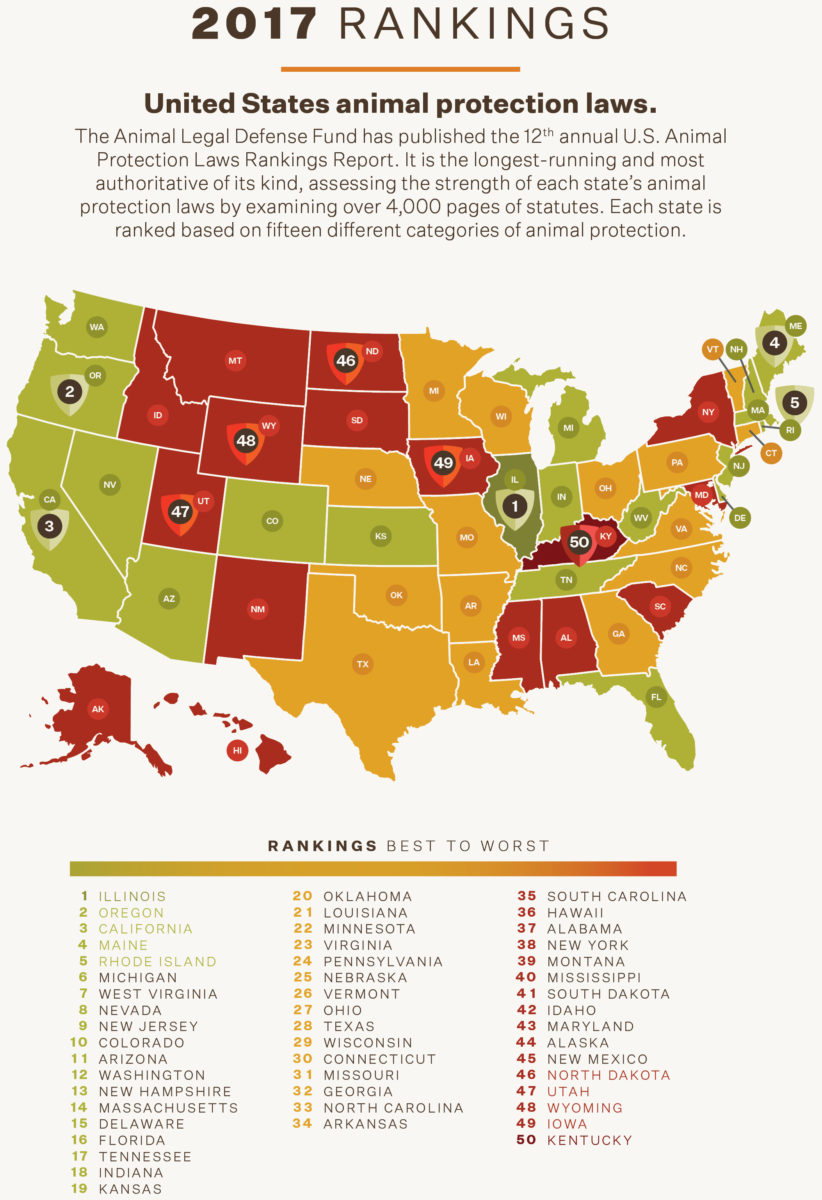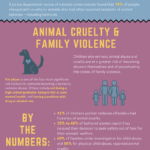Animal cruelty is an insidious issue that permeates societies across the globe, and New Jersey is no exception. Understanding the intricacies of this problem within the state provides essential insights into the broader dynamics of animal welfare, legal frameworks, and community responses. This report delves into the multifaceted landscape of animal cruelty cases in New Jersey, revealing critical patterns and potential pathways towards amelioration.
The first step in exploring the prevalence of animal cruelty in New Jersey is acknowledging the various forms it can take. Animal cruelty encompasses a wide range of offenses, from neglect—such as failing to provide adequate food, water, and shelter—to more heinous acts of abuse, including physical violence and torture. Each of these categories not only represents a distinct violation of animal rights but also reflects deeper societal attitudes towards animals that vary across demographic lines.
To gauge the magnitude of the issue, government reports and local animal welfare organizations diligently compile statistics on reported cases. In recent years, New Jersey has witnessed an uptick in reported animal cruelty incidents, prompting a critical evaluation of enforcement mechanisms and public awareness campaigns. The state has implemented laws designed to protect animals, yet the effectiveness of these regulations often hinges on effective reporting systems and community involvement.
Statistics reveal that many animal cruelty cases go unreported. Factors such as fear of retribution, social stigma, or lack of awareness regarding the legal protections afforded to animals contribute to this troubling trend. The sheer number of estimated cases may be significantly higher than recorded figures suggest. This illustrates the necessity for extensive community outreach and education programs aimed at empowering citizens to report abuse. Without such initiatives, many animals suffer in silence.
Essentially, the state’s enforcement strategy and the active role of animal control officers are critical components in addressing the challenges posed by animal cruelty. Investigating reports of cruelty requires a nuanced understanding of animal behavior and welfare standards. Animal control officers serve as the frontline defenders against cruelty, working in conjunction with law enforcement and humane societies. However, the resources available to these officers can be scarce, limiting their capacity to respond effectively to the volume of cases.
A disheartening aspect of animal cruelty in New Jersey is the prevalence of neglect. Companion animals, particularly dogs and cats, are frequently found in conditions that defy humane standards. Cases of hoarding often surface, where individuals keep more pets than they can adequately care for, leading to severe neglect and suffering for the animals involved. Furthermore, the stark reality remains that animals used for commercial purposes—such as breeding or entertainment—are often subjected to conditions that prioritize profit over welfare. Advocacy for stricter regulations in these industries is imperative for safeguarding vulnerable animals.
Meanwhile, the societal response to animal cruelty in New Jersey demonstrates the complex relationship between legislation, public awareness, and community engagement. Legislative efforts have focused on enacting stringent laws that penalize animal abuse, yet enforcement practices can be inconsistent. Activist organizations play a pivotal role in raising public awareness and mobilizing community members to act against cruelty. Grassroots campaigns, educational programs, and advocacy initiatives can galvanize public sentiment and foster a culture of compassion towards animals.
Moreover, partnerships between government entities, non-profit organizations, and community members are crucial for creating a holistic response to animal cruelty. Collaborative efforts can enhance reporting mechanisms, streamline investigations, and bolster resources for both enforcement and education. As the awareness of animal cruelty issues grows, innovative strategies have emerged, including the integration of technology to monitor and report incidents in real-time, thus increasing accountability.
Engaging the public through social media platforms and community forums has also proven effective in raising awareness and addressing the stigma often associated with reporting animal cruelty. By promoting a sense of collective responsibility, community members can feel empowered to intervene in cases where they suspect abuse or neglect. The shared goal of protecting animal welfare can unite diverse individuals and organizations, enhancing overall efficacy in combatting cruelty.
Court cases prosecuted for animal cruelty further illustrate the legal landscape of the issue in New Jersey. Legal professionals specializing in animal welfare play a vital role in navigating the complexities of animal cruelty laws. The outcomes of such cases can set critical precedents, influencing future legislation and enforcement practices. Victims of cruelty often become symbols for advocacy, highlighting the dire need for a cultural shift towards valuing animal lives and fostering respect for all living beings. Engaging in discussions around legal consequences and community standards can raise awareness surrounding the importance of responsible pet ownership and humane treatment.
Finally, acknowledging the interconnections between animal cruelty and broader societal issues such as poverty and mental health is crucial. Comprehensive solutions cannot solely rely on punitive measures; addressing underlying social challenges is essential for reducing instances of cruelty. Community investment in mental health services and public education could alleviate some root causes of neglect and abuse, fostering a more compassionate society overall.
In conclusion, the landscape of animal cruelty cases in New Jersey presents a complex tapestry woven from various threads of legislation, societal attitudes, and community responses. While the data reveals a stark reality, it also illuminates the potential pathways for positive change. Collaborative efforts, coupled with a commitment to advocacy, education, and enforcement, can forge a brighter future for animals in New Jersey. By amplifying the voices of those who cannot speak, society can move towards a more humane world where animal welfare is a paramount concern.










